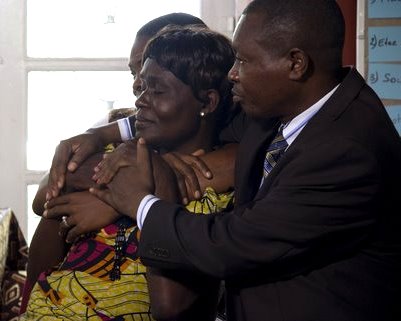 Pesso Boyden System Psychomotor (PBSP) is an interactional, body-based group therapy that enables one to recreate past experiences in order to compensate for emotional deficits earlier in life.
Pesso Boyden System Psychomotor (PBSP) is an interactional, body-based group therapy that enables one to recreate past experiences in order to compensate for emotional deficits earlier in life.
Developed by Albert Pesso and Diane Boyden-Pesso in 1961, the methods of PBSP have been in continual evolution and refinement since that time. This highly respected, state-of-the-art psychotherapy has been used safely and effectively by thousands of therapists for over forty years in eleven countries.
PBSP is based on the widely accepted theory that sensory interactions in childhood have a major impact on adult perspectives of the world. An absence of physically imprinted emotional nurturing can lead to an inability to cope with the challenges of adulthood.
PBSP assists people in creating new memories through the use of role-played ideal alternative figures that provide the emotional interactions that were not received in real life.
Since clients engage in direct emotional expression using both the voice and the body, they are able to access and process a range of unconscious or repressed emotions that can only be discovered through the vehicle of the body. In this way, the inherent limitations of purely verbal forms of psychotherapy are avoided.
PBSP creates new, interactive, motor-based experiences using the totality of self-expression through words, imagery, thoughts, sound, touch and motor expression – in other words, through all the modes of expression that are used in making real memories and life histories.
Many body-based therapies rely on a model aimed at verbal and physical expression and discharge of painful emotions. In contrast, the theory and techniques of PBSP help clients to create an interactive response to emotional states and, through that interaction, to create new and more satisfying memories.
One of the greatest advantages PBSP has over other interactive therapies is that it offers clients complete control over their own therapeutic experience. Other interactive therapies generally rely on a group process in which all of the individuals in the group are simultaneously using the process for what they believe to be in their own best interest. By contrast, in PBSP therapy only one person at a time has a session, which is called a “Structure.”
During the Structure, a group member re-experiences past memories and sensations in the safety of a controlled setting. At the same time, the other members of the group temporarily suspend their own personal needs in order to focus exclusively on the needs of a single client and to be in service to him or her. Specifically, group members help the client by playing roles that are created and directed by the client, rather than by the group members themselves. In this way, PBSP creates community and a true group atmosphere.
Another critical difference is that PBSP allows clients to act out the fulfillment of their emotional needs in the context of the time, place, and age in which the earlier, absent interactions should have taken place.
Within the context of the Structure, the client’s rational mind can vividly experience and explore the feeling states he or she had as a child.
PBSP does not involve regression. Although the client experiences those feelings as being immediate and real, he maintains a parallel awareness that he is reliving something from his past and remains in complete control of the process.
By directing the interaction with the ideal figure, the client creates a new scenario in which maturational needs are fulfilled. This, then, supports the creation of a new memory that has the same power and force as childhood experiences and memories.
The result is clients who are happier, more productive, feel more invigorated and are able to find meaning and pleasure in life.

You must be logged in to post a comment.